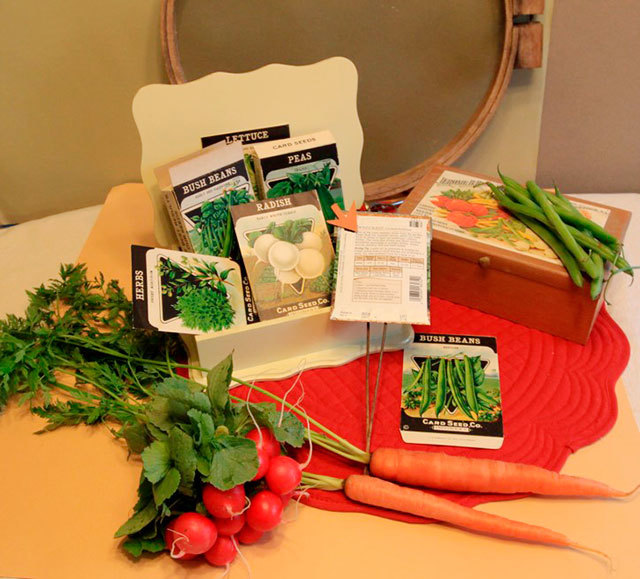By Bob Cain, Clallam County Master Gardener
The seed catalogs have arrived and you are faced with the gardener’s annual dilemma — what should I plant this season? All gardeners are prone to buying too many seeds and sometimes even the wrong varieties.
Let’s look at what you should buy. Did you keep a garden journal or notebook last season? From its pages you can find out what worked well and what failed. Just like the stock market analogy — get rid of your losers. Build on your previous successes.
Look carefully at the catalog — will any new choice work well in our local climate? Does it have the same disease resistance as last year’s favorite variety? Perhaps one of your gardening friends or a Master Gardener made a recommendation about a plant that he/they found to be spectacular. Many seed vendors such as Johnny’s, Ed Hume and Territorial sell seeds known to grow well in this area.
In addition, area nurseries are another good source of plants that do well locally, especially vegetable starts. Generally, seed produced in similar climates should work well.
Next, consider how much to buy. Some seed packets (tomatoes are a good example) may contain only 20-30 seeds while others such as radishes may contain several hundred. Many catalogs also sell small sample packets if you want to try new varieties.
Look at the seed packet; it’s a gold mine of information. It will outline when to plant, how deep to plant, spacing, optimum germination temperature and other valuable information. Most important for this area is the days to maturity data. We need to choose the lowest numbers we can find due to our short, cool growing season. All this information usually is printed on the seed packet.
Distance (spacing) between plants also is critical. If you sow thickly, you will have to thin out a lot of plants.
So, why not take your time and plant close to the final spacing between plants and save yourself the task of thinning out as well as saving seed for next year? (See sidebar.)
If you want to save seed from the vegetables you plant, you must use open-pollinated varieties. These will be designated as “OP” or sometimes “heirloom” in seed catalogs. Saving seed from F1 hybrids is a waste of time as they often are sterile or do not produce true to the parent plant.
You cannot legally save seed from any variety marked “Patent Protected” or Plant Patent/Plant Patent Applied For” (PP/PPAF) since the seed producer has legal control over that seed line.
So remember, be realistic in how much and what you buy and always read the catalog description and seed packet carefully. Many seeds will remain viable for several years if they are kept cool and dry.
Presented by Master Gardener Jeanette Stehr-Green, the Thursday Brown Bag series puts the spotlight on “Blueberries” at noon, April 27, at the Clallam County Courthouse.
Join the club
Did you know? You are invited to join the Master Gardener Foundation of Clallam County. Why should you join? If you value the work of the Master Gardeners, this is how you can help fund our work. Consider this: The Master Gardener Foundation of Clallam County (MGFCC) is a nonprofit volunteer organization that serves the people of Clallam County on the Olympic Peninsula in Washington.
The mission of the foundation is to educate individuals in applying horticultural science to manage their landscapes and gardens in a science-based, sustainable manner and to utilize demonstration gardens as resources in this pursuit. The foundation accomplishes this through its partnership with the Washington State University Master Gardener Program, local community professionals and organizations. Check out our website at www.mgf-clallam.org.
Bob Cain is a Clallam County Master Gardener.



